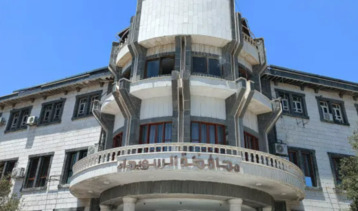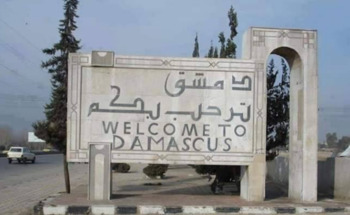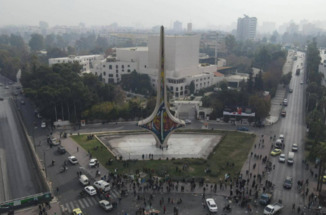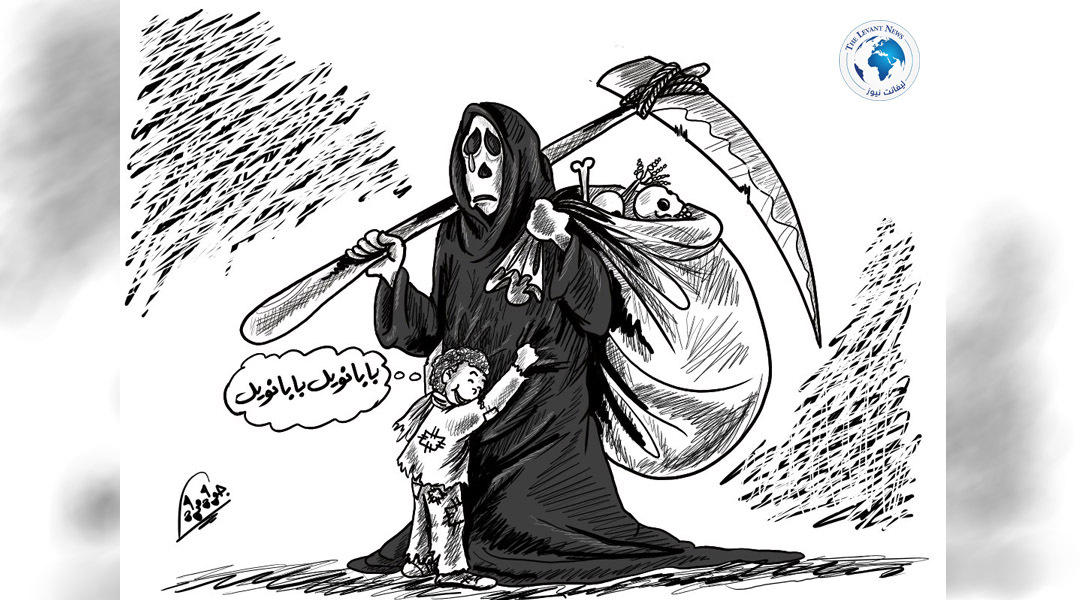-
The 25th Anniversary of Hafez Assad’s Death: Rule of Blood and Destruction

Today, Tuesday, marks the 25th anniversary of Hafez Assad’s death, the ruler of Syria who governed with an iron fist and bequeathed power to his son Bashar, leading to unprecedented destruction in the country.
Hafez Assad died on June 10, 2002, amid conflicting reports about the circumstances of his death due to the regime’s secrecy. Some reports suggest he was ill, possibly suffering from leukemia, while a medical source told AFP in Beirut that he died of a heart attack. He was 70 years old, having remained in power for three decades during which security forces carried out hundreds of thousands of systematic killings, imprisoned many dissidents, and assassinated opponents abroad.
Hafez Assad built his rule on severe repression, with massacres as one of the cornerstones of his authority. The most infamous is the Hama massacre, though it was not the only one. Since seizing power through a military coup in the 1970s, he committed horrific massacres, including the 1976 Tel al-Zaatar massacre that killed around 3,000 Palestinians, the 1980 Jisr al-Shughur massacre where his forces executed about 100 civilians, and the Tadmur prison massacre carried out by Hafez and Rifaat Assad in 1980, which remains one of the most brutal in history, involving airstrikes on detainees in the desert, resulting in hundreds of deaths.
The year 1982 saw bloody massacres in Aleppo, especially in the al-Masharqa neighborhood, where about 100 residents were publicly executed. Other massacres occurred in souks, Bustan al-Qasr, and Kallasah. The Assad forces also committed horrific massacres in Hama, notably the massacre in the city, with death tolls still uncertain but estimated between 20,000 and 40,000 civilians.
Hafez Assad was known for orchestrating the transfer of power to his son Bashar, especially after the death of Bassel Assad. The transition was planned during his lifetime, including a swift constitutional amendment in the “People’s Assembly” to pave the way for Bashar’s succession at the age of 40.
Hafez Assad’s rule was marked by numerous conflicts, most notably with his brother Rifaat, who attempted a coup against him. The two eventually reached an agreement that allowed Rifaat to amass billions of dollars in France and Switzerland, while the Syrian people suffered from the looting of state funds. The regime’s media blamed “American sanctions” for the country’s ongoing economic hardships.
It is worth noting that the Syrian opposition, led by Hay’at Tahrir al-Sham, managed to overthrow President Bashar Assad and forced his retreat after a swift offensive that began on November 27. Within days, they rapidly advanced from Aleppo in the north to Damascus.
Tags
You May Also Like
Popular Posts
Caricature
opinion
Report
ads
Newsletter
Subscribe to our mailing list to get the new updates!






















